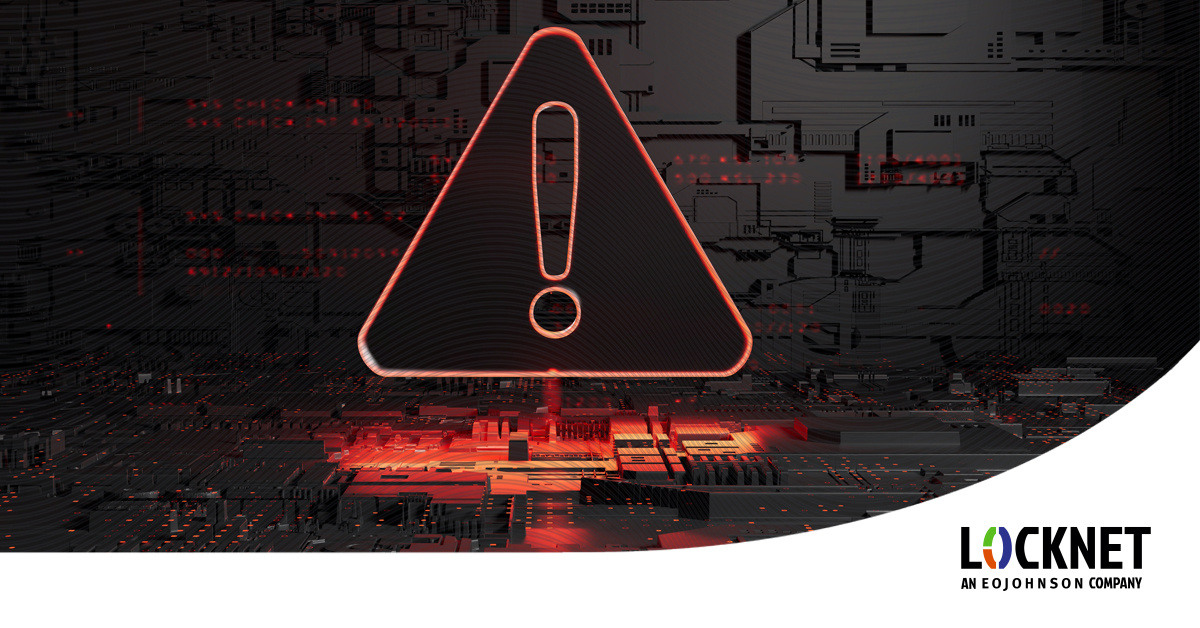Industries We Serve
World Class IT Support & Service
Real People. Right Now.
About Locknet® IT Services
From the first hello, the Locknet® team is dedicated to serving you and your needs.
Real People. Right Now.
From the first hello, the Locknet® team is dedicated to serving you and your needs.


Updated July 10, 2024
Identifying today's cybersecurity threats and responding to them requires advanced technology. But you might be surprised to learn that your organization would benefit from having both Managed Detection and Response (MDR) and Security Information and Event Management (SIEM) solutions. While they may appear similar at first glance, they serve distinct purposes and, when used together, can significantly enhance an organization's security posture. Before we dig into why you need both MDR and SIEM for your business or organization, let's first explain what each of these technologies delivers.
SIEM stands for Security Information and Event Management. It is a solution that provides real-time analysis of security alerts generated by applications and network hardware. The primary functions of SIEM include:
SIEM solutions are invaluable for organizations looking to gain a comprehensive view of their security landscape. They enable the detection of anomalies and potential threats by analyzing vast amounts of data and identifying patterns that could indicate malicious activity.
Managed Detection and Response (MDR) is a service that combines advanced security technology with human expertise to detect, investigate, and respond to threats. MDR offers continuous monitoring, threat detection, and incident response, often with a focus on endpoint security. Key components of MDR include:
MDR services are designed to augment an organization's existing security measures by providing advanced threat detection and response capabilities that might be beyond the reach of in-house IT teams.
In today's complex threat landscape, having layered security is key. Your technologies should overlap and provide an extreme depth and breadth of protection. While the temptation is there to invest in a single solution, rarely, if ever, will a single solution provide the network security defense an organization needs. Instead of comparing MDR vs SIEM, think of them working collaboratively to give you the deep, flexible, and layered security solution you need to meet and defeat the threats to your network.
Here are seven reasons why having both is essential:
Network security is never a one and done solution. To truly protect your company and your network data, you need layers of security that together can provide a comprehensive solution. Cybercriminals are working round-the-clock to exploit vulnerabilities in your network--you need security solutions that meet them at every potential entry point. Instead of weighing MDR vs SIEM, leverage them both, as well as other security solutions.
When it's time to get started on the next chapter of your network security, consult with a managed IT provider who has a strong understanding of the current cybersecurity landscape. We are a managed security service provider who values information security as much as you do. Contact us to learn more about MDR, SIEM, and the full selection of security options we offer our clients.
Managed IT

Onalaska, WI Waterloo, IA Wausau, WI Eau Claire, WI Burnsville, MN
You are now leaving locknetmanagedit.com. Please check the privacy policy of the site you are visiting.